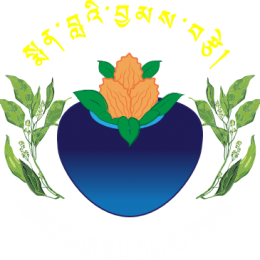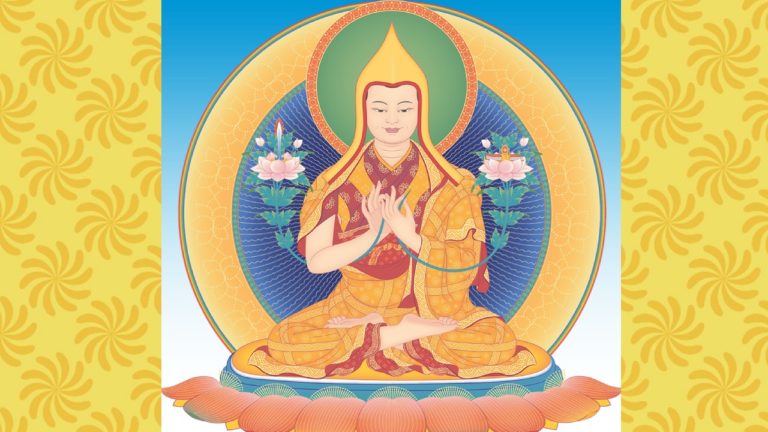
Menlhai Jamtse Centre has done Animal liberation as releasing fishes in Powai lake on Lhabab Duchen Festival on 19 Nov 2019
Animal liberation on Lhabab Duchen festival. Lhabab Duchen Festival or Buddha Sakyamuni’s Descent Day from the Trāyastriṃśa heaven down to earth. Buddha’s mother Mayadevi was reborn heaven. To repay her kindness and to liberate her, and also to benefit the gods, Buddha spent three months teachings in the realm of the gods. The Lhabab Duchen is great holy days of the Buddhist calendar, takes place this year on Tuesday, November 19/ 2019. As merit is multiplied million times on this holy day, therefore we provide you an excellent opportunity to create merit and postive karma in your life. “ Where there is a mind, there are feelings such as pain, pleasure, and joy. No sentient being wants pain; instead all


